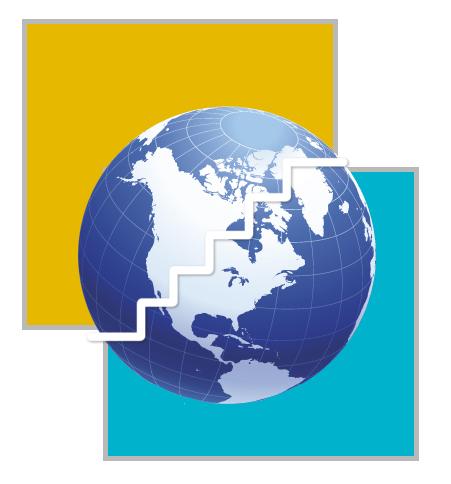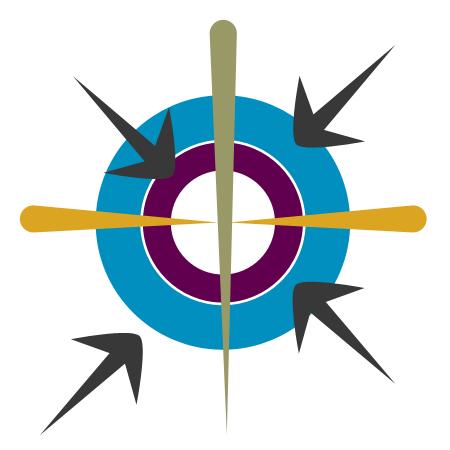MEDIA
ISLAMABAD: A specialised Pakistani network has reportedly set up 60 centres in India where the work force is up to 10,000. It is also reportedly funding hundreds of illegal Madaris costing it Rs 600 million per year.
This information is carried in the latest report, "Cost of Conflict between India and Pakistan,' by the Strategic Foresight Group" a scenario planning think tank, of the International Centre for Peace Initiatives (ICPI), based in Mumbai.
Interestingly, the report is silent on any presence of RAW or its centres if any, based inside Pakistan, even though it has worked with Pakistani partners in the preparation of this report.
Coming on the heels of the Saarc summit, the report emphasises that "the cost of conflict is not only to be measured in terms of military expenditure but also on the basis of varied parameters such as discounting of GDP growth rates, growth of terror economy, negative transformation of institutions, politicide, diplomatic losses, educational costs, value deficit, and, most important, human costs."
This is precisely what the report sets to do while going into great detail about the different aspects of the Military Costs, Social and Political Costs, Economic Costs, Diplomatic Costs, Costs for Jammu and Kashmir, Conflict Escalation Ladder, Nuclear Confrontation: A Case Study and finally proposing a Peace Building Ladder.
Analysing the military expenditure of the two states, the report says Indian military expenditure shot up to 12 per cent in the post-Kargil budget of 2000-1 followed by 5 per cent escalation in 2001-02. However, in 2002-03 the military budget was lowered (only to be increased) by 17 per cent in 2003-04. In comparison, the defence expenditure of Pakistan came down drastically by 12.8 per cent in 2000-01 because of changes in accounting methods, shifting military pensions worth Rs 36 billion from defence to general expenditure. Defence expenditure jumped by 27 per cent during the period from 2001 to 2004.
While commenting on the economic costs, the report says that the real potential for cooperation between the two states lies in the energy sector. "Both the countries with huge demands for natural gas can utilise the economically viable option of importing gas from Central Asia and Iran through joint pipelines. Similarly, there is a prospect of jointly harnessing and distributing hydropower. Also granting of transit rights will open up huge markets for India in Central Asia and for Pakistan in the South Asian countries."
Of interest to the readers will be the case of a nuclear war between the two states where a case study of two cities, Karachi and Mumbai has been dealt with in great detail.
Explaining the scenario, where in the face of an impending defeat in a conventional war, the report says that Pakistan's military or the ISI or the extremist elements could lead to them taking over the nuclear command and launching a nuclear strike on India.
"Pakistan has about 24-48 bombs, whereas India has about 60-90 bombs. Even if half of the arsenal is used by India and Pakistan, the fallout will be complete annihilation of Pakistan and total destruction of parts of India."
The report adds that the possibility of this discontinuity is near zero. The Peace Building Ladder, which the report suggests ends, with a summit meeting. "Once adequate preparation is made, on the five parameters to be addressed in Phase 4 the heads of governments should meet. They should specifically explore a political solution in the interest of the security of India and Pakistan and honour and justice for the Kashmiri people," concludes the report.





